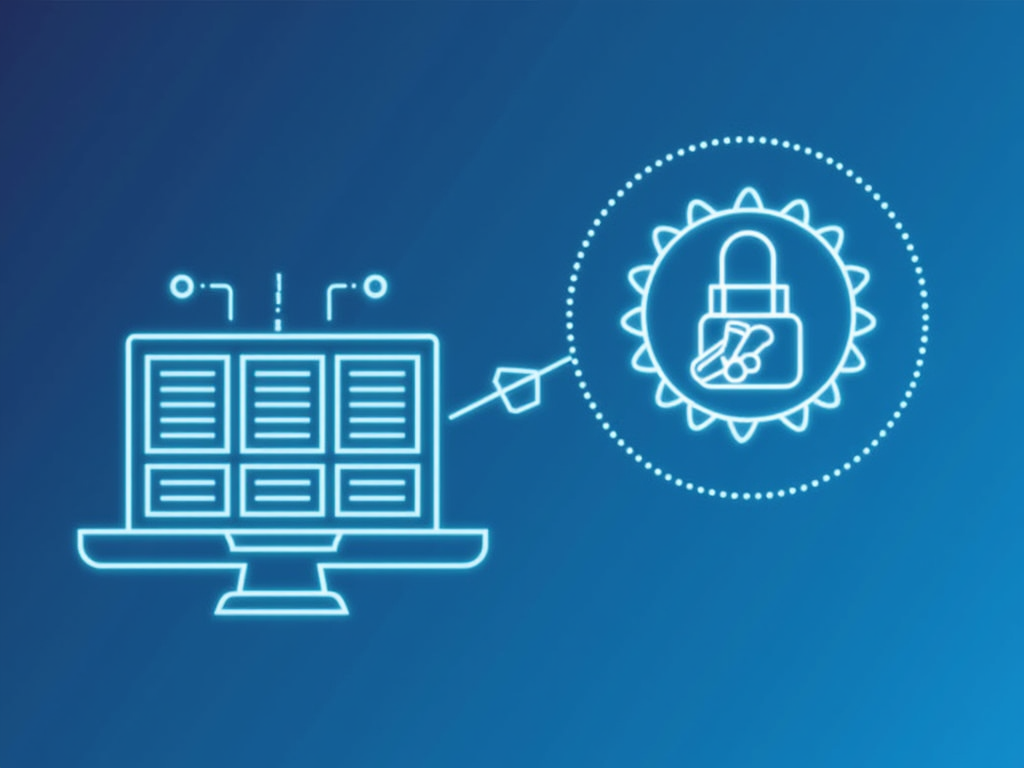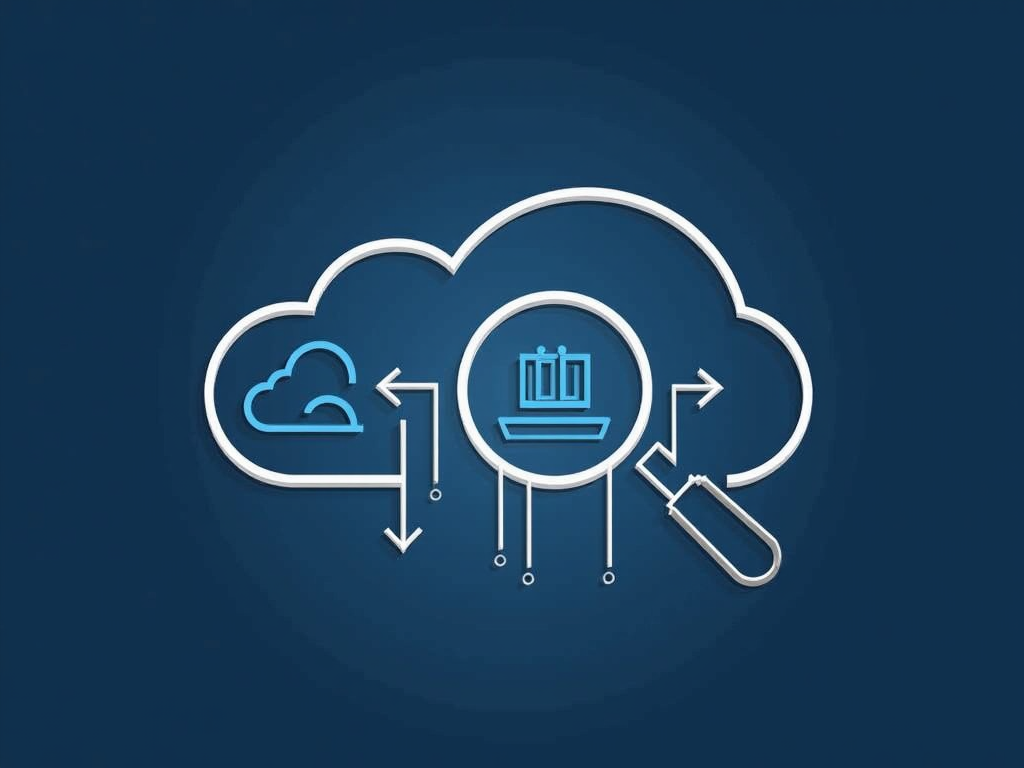Implementing an Effective Secure File Sharing Policy
As organizations continue to rely on digital communication and collaboration, the need for secure file sharing policies has become increasingly important. With the rise of cloud-based services and email attachments, files are being shared more easily than ever before. However, this convenience can also pose a significant risk to data security if not managed properly.
In this article, we will explore the importance of implementing an effective secure file sharing policy and provide guidance on how to develop and enforce such a policy in your organization.
Why Secure File Sharing is Crucial
Data Breaches
Data breaches are on the rise, and sensitive files being shared without proper security measures can be a major contributing factor. With the increasing reliance on cloud-based services, files are being stored off-premises, making them vulnerable to unauthorized access.
Compliance
Many industries have strict regulations around data sharing, such as HIPAA for healthcare organizations or PCI-DSS for financial institutions. Failure to comply with these regulations can result in significant fines and reputational damage.
Insider Threats
Insiders with authorized access to sensitive files can still pose a threat if they are not properly vetted or trained on the organization’s file sharing policies.
Key Components of an Effective Secure File Sharing Policy
To develop an effective secure file sharing policy, you should consider the following key components:
Classification and Labeling
Classify files based on their sensitivity level (e.g., public, internal use only, confidential). Use labeling systems to identify file classifications.
Access Control
Establish clear guidelines for accessing sensitive files. This includes controlling who can access files, what permissions they have, and how long they can retain access.
Encryption
Use encryption to protect files both in transit (e.g., during transmission) and at rest (e.g., while stored).
Authentication and Authorization
Implement robust authentication and authorization mechanisms to ensure only authorized individuals can access sensitive files.
Monitoring and Auditing
Regularly monitor file sharing activity and maintain a record of all transactions. This helps identify potential security incidents and ensures compliance with regulations.
Training and Education
Provide regular training and education to employees on the organization’s secure file sharing policy, highlighting the importance of confidentiality, integrity, and availability.
Best Practices for Secure File Sharing
In addition to implementing an effective policy, follow these best practices to ensure secure file sharing:
Use Cloud-Based Services with Strong Security
Choose cloud-based services that have strong security features, such as Amazon Web Services (AWS) or Microsoft Azure.
Implement Two-Factor Authentication
Require two-factor authentication for all users accessing sensitive files.
Limit File Sharing to Authorized Users
Only grant access to authorized individuals and ensure they understand the importance of maintaining confidentiality.
Regularly Review and Update the Policy
Periodically review and update your secure file sharing policy to reflect changes in technology, regulations, or organizational needs.
Conclusion
Implementing an effective secure file sharing policy is crucial for protecting sensitive information and ensuring compliance with regulatory requirements. By considering the key components outlined above and following best practices, you can develop a robust policy that ensures the confidentiality, integrity, and availability of your organization’s files.
Remember, secure file sharing is not just about avoiding data breaches; it’s also about maintaining trust with your stakeholders and ensuring business continuity.
References
- National Institute of Standards and Technology (NIST). (2018). Guideline for Managing the Security of Cloud Computing. NIST Special Publication 800-144.
- SANS Institute. (2020). Secure File Sharing Best Practices.
- PCI-DSS. (2020). Payment Card Industry Data Security Standard.
I hope this article has provided you with valuable insights on implementing an effective secure file sharing policy. If you have any questions or would like to discuss further, please don’t hesitate to reach out!



